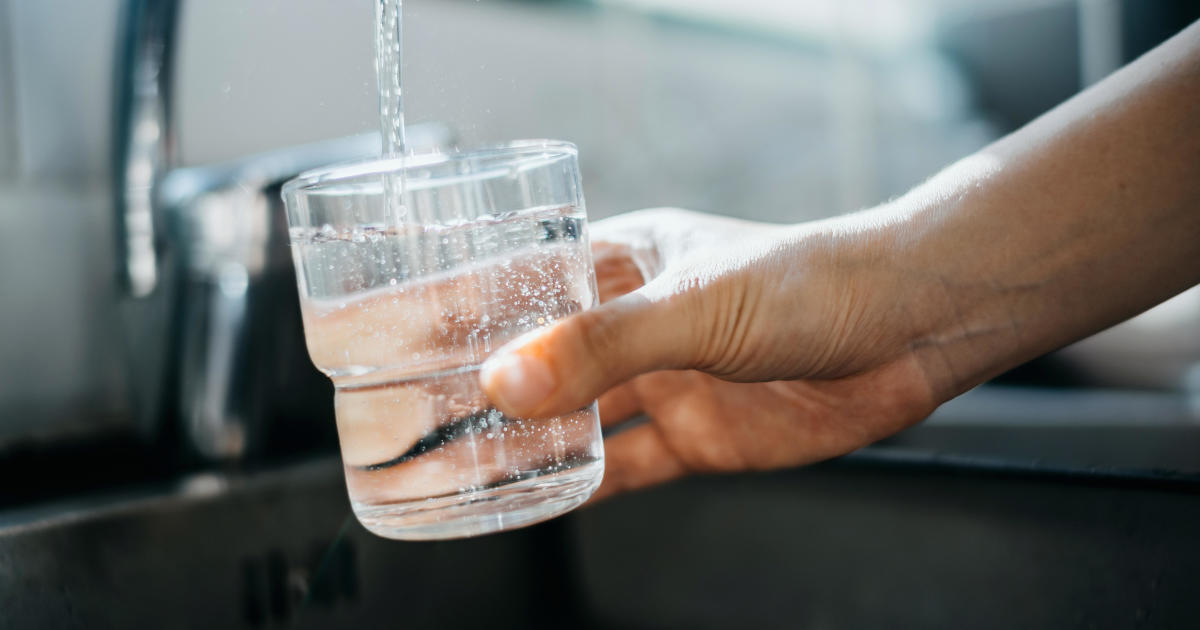Robert F. Kennedy Jr.’s recent comments on fluoride are prompting questions about its safety and why it’s used in drinking water.
Kennedy, a former presidential candidate turned Trump supporter who has long shared anti-vaccine views, said on social media Saturday that Donald Trump would push to remove fluoride from drinking water on his first day in office if elected president. Trump has previously suggested he’d put Kennedy in charge of health initiatives.
On Sunday, Trump told NBC News he had not spoken to Kennedy about fluoride yet, “but it sounds OK to me. You know it’s possible.”
In a post on social media, Kennedy claimed fluoride is linked to a slew of health problems.
Why the fear over fluoride? Here’s what to know.
What is fluoride?
Fluoride is a mineral that helps strengthen teeth and reduces cavities, according to the U.S. Centers for Disease Control and Prevention. It does this by repairing and preventing damage to teeth caused by bacteria in the mouth that produce acid, which in turn dissolves minerals in a tooth’s surface and can even lead to tooth loss.
Tooth decay by itself can be painful and costly to treat but left untreated can cause further problems, including infections and abscesses or even sepsis, according to the World Health Organization.
Some research has also linked poor oral health to other complications such as cardiovascular disease due to inflammation and infection.
This is why experts urge prevention as the best way to keep your dental (and overall) health in check.
Why fluoride is in water and its health benefits
“Almost all water contains some naturally occurring fluoride, but usually at levels too low to prevent cavities,” the CDC’s website notes.
In 1950, federal officials endorsed water fluoridation — adding a small quantity of fluoride to the water supply — to prevent tooth decay. Fluoride can come from a number of sources, including most toothpaste brands, but researchers say drinking water is the main source for Americans.
“Studies continue to show that widespread community water fluoridation prevents cavities and saves money, both for families and the health care system,” the CDC says, noting that this step has reduced tooth decay in children and adults by about 25%.
Dr. Naomi Levy Goldman, cosmetic and restorative dentist and owner of Levy Goldman Dentistry, told CBS News that, at recommended levels, studies have shown drinking fluoridated water is “beneficial for preventing dental decay, especially in the first three years of life when the primary and permanent teeth are still developing.”
“Studies also show that consuming fluoridated water at the current recommended levels should not cause neurotoxicity or other adverse effects,” she said.
Is fluoride in drinking water safe?
The recommended fluoride concentration in drinking water is 0.7 milligrams of fluoride per liter of water, which is about equal to 3 drops in a 55-gallon barrel, according to the CDC.
In 2015, officials lowered the recommendation for drinking water fluoride levels to address fluorosis, a condition that can cause discoloration on teeth.
“The severity of the white spots (or fluorosis of the enamel) seems to increase with higher concentrations of fluoride,” Levy Goldman said. “One study noted about 12% of people would have some level of fluorosis of the enamel from drinking fluoridated water at 1ppm.”
Overall, the addition of low levels of fluoride to drinking water is considered by health officials to be one of the greatest public health achievements of the last century.
“Seventy years of research, thousands of studies and the experience of more than 210 million Americans tell us that water fluoridation is effective in preventing cavities and is safe for children and adults,” according to the American Dental Association.
But it hasn’t gone without controversy.
Earlier this year, the National Institutes of Health’s toxicology program determined “with moderate confidence” that there is a link between higher levels of fluoride exposure and lower IQ in kids. The federal agency based its conclusion on studies involving fluoride levels at about twice the recommended limit for drinking water.
The American Academy of Pediatrics has questioned the validity of the NIH’s report, saying other reviews have come to different conclusions about fluoride’s risks and benefits. The AAP is among the expert groups that continue to recommend using fluoride toothpaste, in combination with fluoridated water, to protect teeth from cavities.
U.S. District Judge Edward Chen later cited the NIH study in ordering officials to further regulate fluoride in drinking water.
While the judge was careful to say that his ruling “does not conclude with certainty that fluoridated water is injurious to public health,” he said that evidence of its potential risk was now enough to warrant forcing the Environmental Protection Agency to take action.
Critics have cited near-universal adoption of fluoride toothpaste and other dental products as evidence that the chemical no longer needs to be added to drinking water. Other countries abroad have cut cavity rates without adding it to their water supplies, they argue.
The CDC has said that continued water fluoridation is still the “most cost-effective method of delivering fluoride to all members of the community regardless of age, educational attainment, or income level.”
CBS News has reached out to the American Dental Association for commentary.
Alexander Tin and
contributed to this report.

Leave a Reply